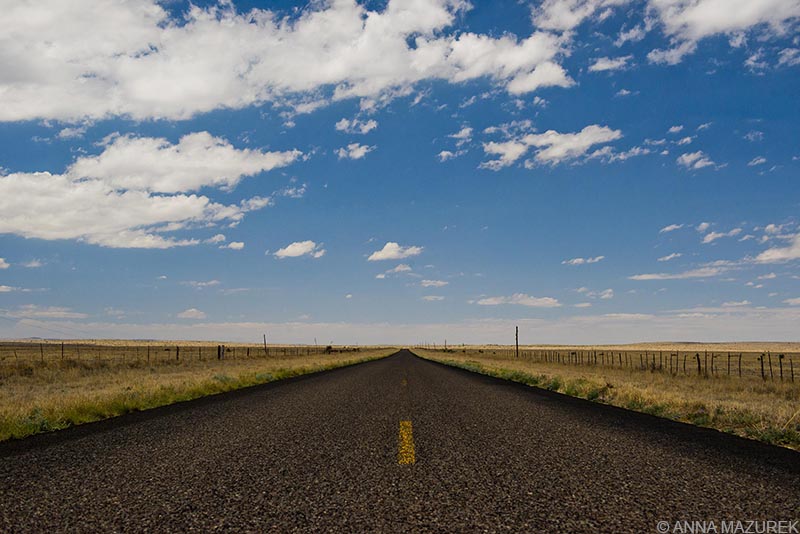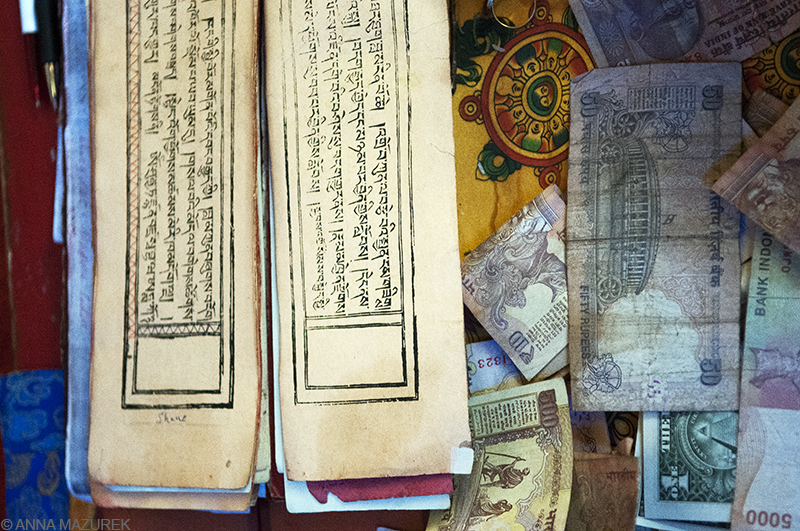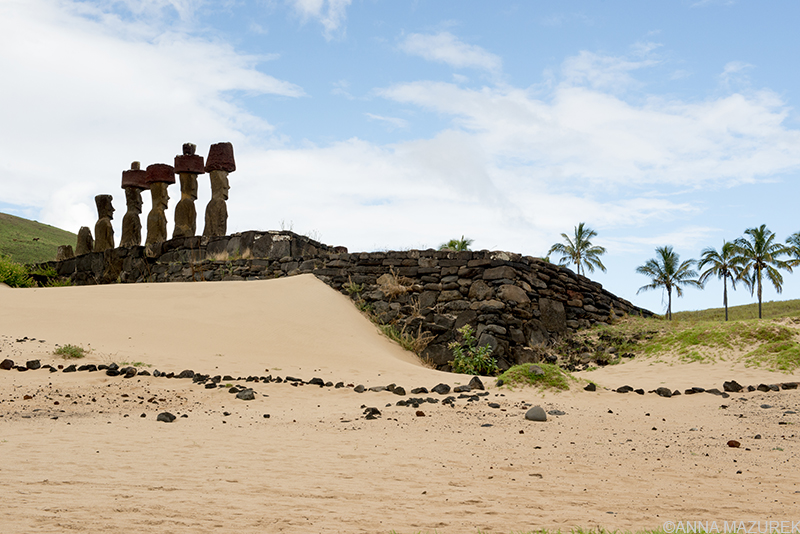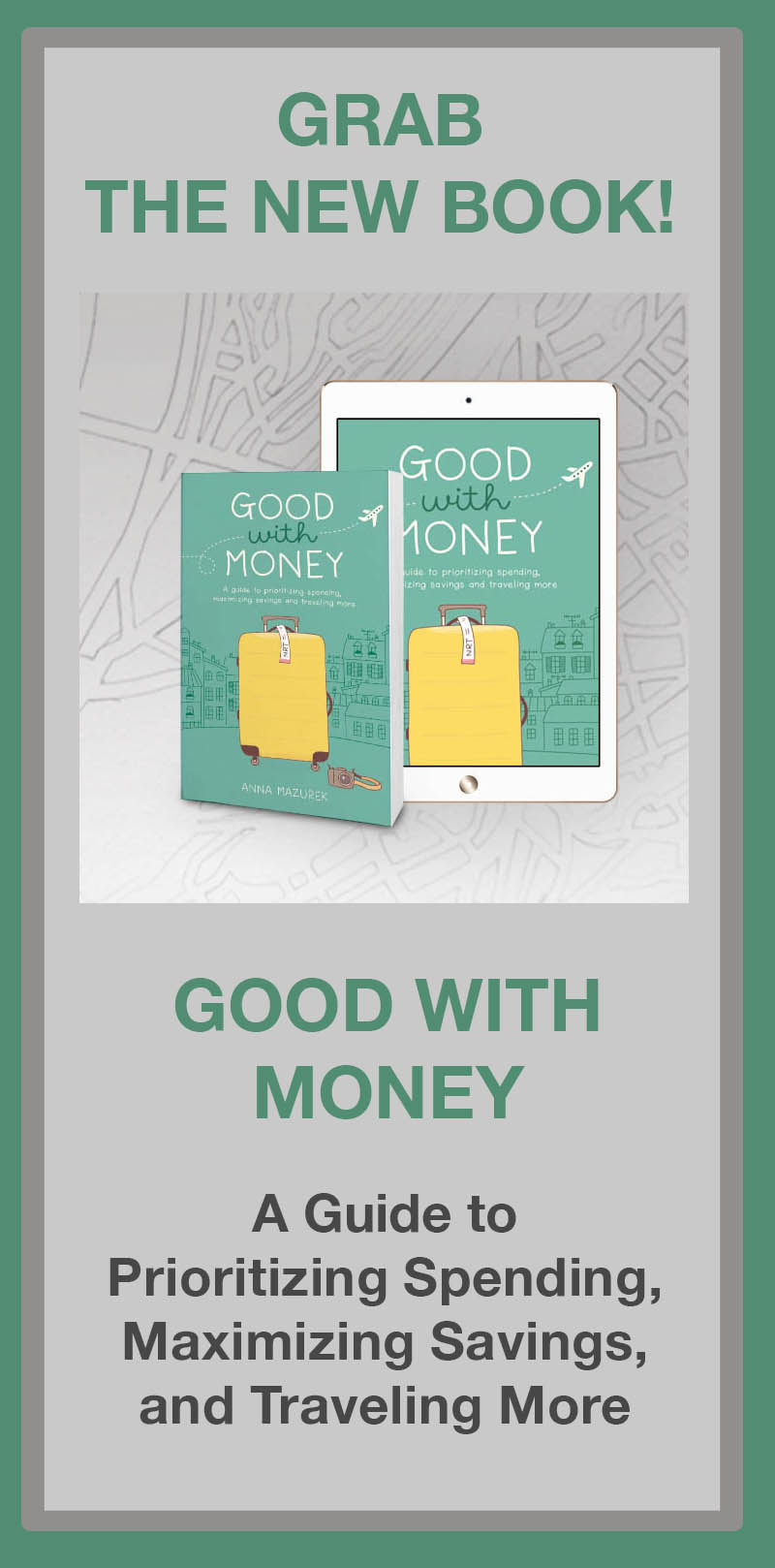
The easiest way to save money while traveling is having the right kind of bank accounts. There are two big fees that add up when using your debit and credit cards abroad.
1. Foreign Transaction Fees
Most banks and credit cards charge a small fee to convert the currency ranging from one to three percent.
2. ATM fees
Banks will also charge you a fee for using a non-partner ATM abroad. Plus, the ATM you use abroad will most likely charge you a fee as well. That can be as much as $15 per ATM withdrawal! That’s six meals at the street market in Thailand!

Offerings in a Buddhist temple in Ladakh, India
How to Avoid Bank Fees
1. Find a free, no-fee bank account
The Charles Schwab Investor Checking Account is the greatest thing since the invention of the burrito. No minimum balance. No ATM fees. No foreign transaction fees. They also refund any ATM fee charged to you by another bank at the end of every month. (I get refunded $80-40/month when I’m abroad!) They also have 24-hour customer service, and they are seriously nicest people ever. You can call them toll-free in the U.S. (From abroad, Skype allows you to call toll-free numbers in the U.S. for free.)
This is a free account, so it can be used solely as a travel account or as your main account. I opened two accounts with them in case one card was lost or stolen. That way I can transfer money from one account to the other without any issues. It’s also my main checking account.
For more information on free, no-fee checking accounts, check out NerdWallet.com. I have no affiliation with them, but find their site to be a good resource for banking. They offer charts and lists of the best financial accounts available ranging from credit cards to savings accounts.
2. Use Partner Banks
If you want to keep your current bank, research their partner banks abroad. Both the ATM fee and/or the foreign transaction fee could be waived or lowered. Outside of Europe and Australia, there aren’t many options if you use U.S.-based banks.
3. Look for ATMs that don’t charge fees.
Unless you’re traveling in remote corners of the world like Mongolia, most ATMs nowadays will charge you fees to withdraw money. Avoid well-known worldwide bank ATMs like Citi or HSBC because they always charge a really high fee. Use local banks instead. They might still charge a fee, but it will be less than a mainstream bank.
4. Credit Unions
Local credit union accounts might also help you avoid fees. ATM fees might still be an issue but are usually lower at credit unions than larger bank chains. Foreign transaction fees will be less of an issue as well. Check with them in advance before any travel to confirm rates.
5. No-Fee Credit Cards
There is no foreign transaction fee for any Capital One credit card. Many airline cards and Chase have followed suit. Keep in mind that some rewards cards, like the Chase Sapphire Reserve, have annual fees but no foreign transaction fees. Bottom line: Only use cards with no foreign transaction fees. There are also many rewards credit cards without an annual fee that waive foreign transaction fees.

White Temple, Chiang Rai, Thailand. The ATM fees in Thailand are pretty high so make sure you have the right checking account before your trip!
What Type of Credit Card is best for travel?
Ideally, you shouldn’t pay more than one credit card annual fee a year even if you are a frequent traveler. It’s also easier to maximize your points if you only use one card for all of your spending. I recommend at least having another card with no annual fee to use as a backup in case one doesn’t work while traveling, which is very common issue abroad.
Rewards Credit Cards
If you are going to have a credit card, you should be earning rewards of some kind. The best travel card on the market right now is the Chase Sapphire Reserve, which offers 3 points per dollar spent on travel and food. They also offer a 1.5-point ratio when redeeming for travel. You also get free Global Entry ($100 value) every five years. The fee is hefty ($550/year), but you get a $300 credit for travel expenses during the year, which brings the fee down to $250 a year. It’s technically only $150 the first year if you get Global Entry. You also get Priority Pass, which is a $100 value and gives you access to airport lounges worldwide. (Both Global Entry and Priority Pass are life-changing! If you don’t Priority Pass with your credit card, I recommend just buying a year’s pass if you’ll be traveling frequently.)
If you spend $4,000 in the first three months, you get a 50,000-mile bonus worth $750 in free travel! Another perk for the card is you can redeem miles for a partial cost of travel and pay the rest.
Is it worth the fee? If you travel a lot, then yes. For me, it’s been the perfect card. (Although, I’m reconsidering it now that the fee and increased to $550.) If you don’t travel a lot, then consider the lower-tier Chase Sapphire Preferred with only a $95 fee and two points per dollar on travel/dining.
Keep in mind that when you redeem credit card miles for travel, you can still earn frequent flyer miles on those flights. Don’t forget to add your frequent flyer number to the reservation!
Check out NerdWallet.com for more options. They have a great list of the best travel rewards cards on the market. The highest rated travel rewards card with no annual fee is the Bank of America Travel Rewards Card, which offers 1.5 points per dollar spent.
Airline Cards
If you are loyal to a specific airline, then airlines cards are worth it. I also have the American Airlines card, which gives me free checked bags on all flights and priority boarding. These cards are now starting to offer no foreign transaction fees! Since the airlines revamped their reward structures over the past few years, I find that I often need to fly airlines that aren’t my preferred airline, so this card isn’t as valuable to me personally partly since I now live closer to a United hub than American Airlines.

Anakena, Easter Island. I saved $54 by paying for my accommodation on Easter Island in local currency versus paying in U.S. dollars.
Nine Essential Travel Banking Tips
1. Plan ahead. Open any new bank accounts three months before you leave for your trip. This eliminates any hassles with holds on funds that occur on new accounts.
2. Ask about fees. Some banks charge a monthly maintenance fee if you don’t keep a large daily balance or have a monthly direct deposit. Check with your bank in advance if you will be traveling long-term without any direct deposits. This was a huge issue for me and the reason I closed both my Bank of America and Wells Fargo accounts to switch to Charles Schwab. Be sure to also ask about foreign transaction fees and alert your bank to your travel plans so they don’t block your cards.
3. Take multiple cards. I always travel with a Visa, MasterCard, and American Express. Visa and MasterCard are the most universally accepted cards, although I find American Express can work better on some airline websites abroad like Qantas. But beware—despite their catchy slogan, American Express is not everywhere you want them to be. They were not in Cambodia. They left me stranded and living in Western Union commercial calling my parents at 5 a.m. to transfer me money. (I ended up closing my American Express card because I rarely used it, and don’t miss it at all!)
4. Keep an eye on exchange rates. If your home currency looks like it’s dropping, then take out cash before it gets worse. If your home currency spikes, hit up the ATM! When I lived in Australia, there were a few weeks when the Australian dollar dipped really low so I took a good chunk of money out of my U.S. accounts and deposited it into my Australian account. I recommend the XE app for checking rates.
5. Avoid exchanging currency at airports.You will get the worst rates. You are better using an ATM. The only exceptions are countries like Burma, Argentina or Vietnam, where you get better exchange rates with cash on the black market in town. If you have no choice but to exchange at the airport, exchange a small amount then go to a bank inside the city for a better rate.
6. Always take U.S. dollars. No matter the currency, many places will accept U.S. dollars as payment as well. Ask for prices in both the local currency and U.S. dollars to compare. For example, I saved $9 paying in USD for the Easter Island park entry fee but saved $54 paying for my six-night accommodation on the island in local currency. Larger bills often get the best exchange rates but keep some smaller cash handy as well.
7. Find proper ATMs. If the ATM is in a strange place, like a hotel lobby or in a sketchy corner of a restaurant, it probably has higher ATM fees and the worst exchange rates. Go to a proper bank ATM.
8. Pay in Local Currency. Many shops will give you the option to pay in your home currency (or USD), but the rate is 5 percent higher! (Trust me, I did the math!) Always pay in local currency in shops that give you the option to do both. I had no choice but to pay in Euro for my rental car in Iceland, which worked out in my favor since I booked far in advance. The rate dropped by the time I arrived so I saved about $25! (They didn’t charge my card until I picked up the car.) Sometimes, the USD rate can save you money. Download the free XE app first to check rates before deciding.
9. Don’t Get Foreign Currency in Advance. While your local bank may offer the option to get foreign currency in advance before your trip, keep in mind that you will likely be paying a higher rate than if you do it when you arrive. This might seem easier, but it’s takes a while to get the money. You’re better off just getting money out of an ATM when you arrive with you Charles Schwab checking account.
____________________________________________________
I am not sponsored by any of the banks, credit cards or products mentioned above. I have used all the products myself and found them extremely helpful. Please note affiliate links are included above for Priority Pass. If you click on the link and make a purchase, I earn a small commission with no additional cost to you. If you would like to support this blog, please consider using the links on the Resources page when planning our next trip. Please email me if you have questions.

